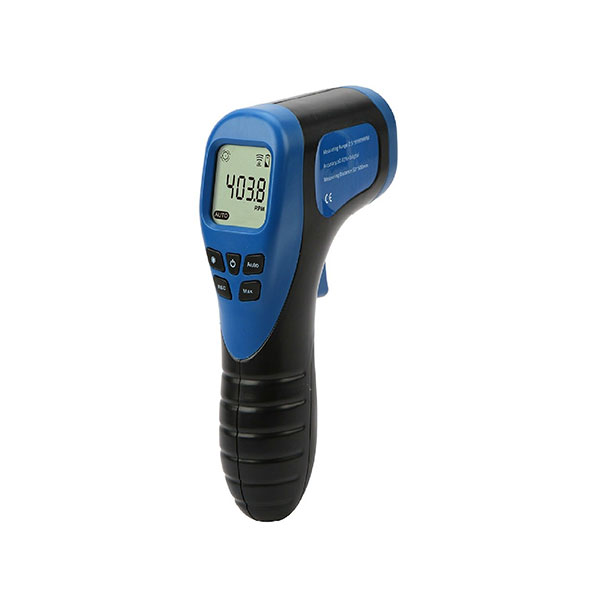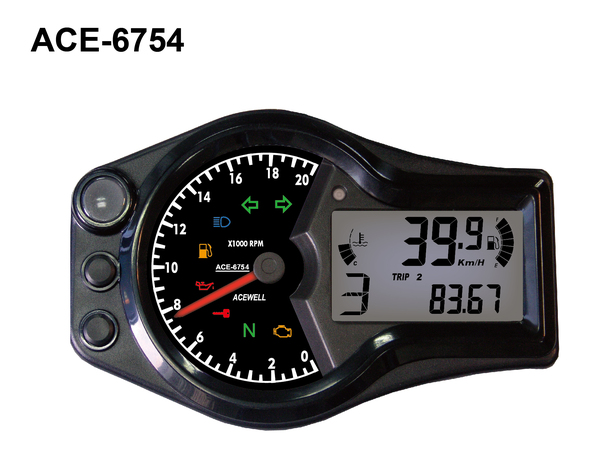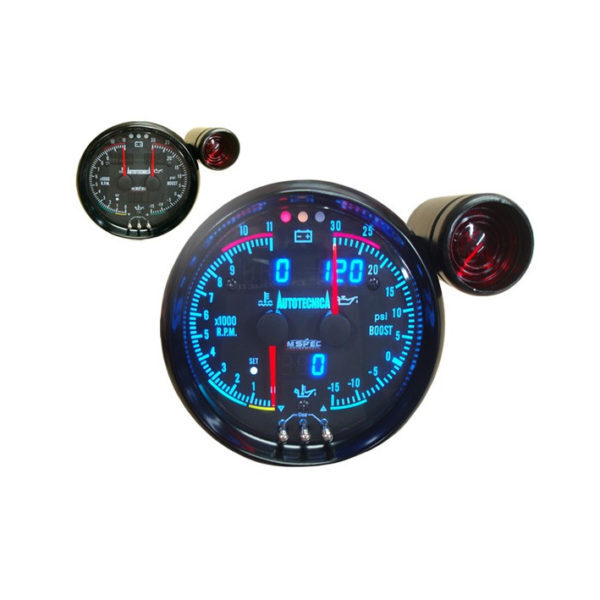Specialist Tips for Keeping and Adjusting Your Tachometer
Specialist Tips for Keeping and Adjusting Your Tachometer
Blog Article
The Value of a Tachometer in Keeping Track Of Engine Rate and Performance in Automotive Applications
In the world of automobile design, the tachometer stands as a critical tool in the chauffeur's collection, offering a straight window right into the inner operations of an automobile's engine. Beyond its feature as a mere scale of transformations per minute (RPM), the tachometer acts as an essential tool for fanatics and experts alike, offering real-time understandings into engine efficiency and health. Comprehending the significance of this gadget exceeds surface-level monitorings, delving right into the detailed partnership between engine rate, power result, and general driving experience. As we explore the complex role of the tachometer in vehicle applications, a deeper recognition for its impact on automobile dynamics and performance starts to arise.
Significance of Checking Engine RPM
Checking engine RPM, or changes per min, is a critical facet of auto upkeep and efficiency analysis. Engine RPM straight associates with the rate at which the engine's crankshaft turns, showing exactly how swiftly the engine is running - tachometer. By keeping an eye on RPM, auto mechanics can evaluate the health of the engine, spot potential issues, and fine-tune efficiency. An abnormal RPM reading may signal problems such as engine misfires, damaged ignition system, or problems with the fuel delivery system. Consistently high RPM readings can show hostile driving behaviors or the demand for a greater gear shift to boost fuel effectiveness.
Additionally, monitoring engine RPM is essential for efficiency examination in racing and high-performance lorries. Preserving optimal RPM degrees is critical for accomplishing peak power output and velocity. Racers commonly utilize tachometers to guarantee they are operating within the ideal RPM array for maximum efficiency. In summary, keeping an eye on engine RPM is not just important for finding problems yet additionally for maximizing engine performance in various vehicle applications.

Benefits of Real-Time Data
In vehicle applications, real-time information plays a critical role in providing instant insights into the performance and condition of the vehicle. By continually keeping an eye on different specifications such as engine rate, temperature, fuel consumption, and much more, real-time data provides various benefits that contribute to enhanced efficiency and safety when driving.
One substantial benefit of real-time information is its capability to alert chauffeurs and specialists to any abnormalities or concerns immediately. This aggressive technique allows quick recognition of possible issues, enabling timely interventions to stop more damage or break downs. Additionally, real-time data facilitates efficiency optimization by giving prompt responses on driving behaviors and engine performance. Vehicle drivers can readjust their actions in real-time based on this information to accomplish much better fuel economy and lengthen the life expectancy of their automobile.

In addition, real-time information plays an essential function in contemporary automotive diagnostics, enabling technicians to rapidly diagnose and address malfunctions. This leads to lowered downtime, reduced maintenance prices, and ultimately, improved total vehicle reliability and durability (tachometer). By harnessing the power of real-time data, auto stakeholders can make informed decisions that positively influence both the efficiency and longevity of the car
Effect On Equipment Shifts
The tachometer plays a critical duty in maximizing equipment changes by supplying real-time engine rate information to the vehicle driver. When coming close to the redline on the tachometer, it signifies the vehicle driver to upshift to protect against over-revving the engine and creating possible damages.
In addition, the tachometer aids in achieving smoother gear transitions, particularly in hands-on transmissions. By checking engine rate, drivers can execute gear shifts at the optimal RPM range, minimizing jerking movements and lessening endure the transmission parts. This accuracy in More hints gear modifications not only improves driving comfort however likewise contributes to fuel efficiency.
Enhancing Fuel Performance
Provided the important function the tachometer plays in optimizing equipment changes for performance and engine health and wellness, it directly contributes to maximizing gas performance in vehicle applications. By providing real-time feedback on engine speed, the tachometer helps motorists in preserving the most reliable RPM variety for fuel economy. When motorists constantly keep track of the tachometer and readjust their driving behaviors as necessary, they can prevent unneeded gas consumption triggered by over-revving or carrying the engine.
Moreover, the tachometer aids chauffeurs recognize the most fuel-efficient equipment to be in at any type of learn the facts here now provided minute, protecting against the engine from functioning harder than required. This is particularly important during acceleration and cruising, where remaining in the appropriate gear can dramatically influence gas efficiency. Furthermore, the tachometer can signal drivers to prospective mechanical concerns that can be negatively impacting fuel economic situation, such as a sliding clutch or a clogged air filter. Finally, the tachometer offers as a beneficial tool in enhancing fuel effectiveness by advertising ideal driving behaviors and recognizing areas for improvement in the car's performance.

Optimizing Engine Long Life
The tachometer's duty in checking engine rate and performance is important in guaranteeing the longevity of auto engines. By making use of the tachometer successfully, motorists can optimize engine longevity via conscious RPM administration. Regularly revving an engine too high can lead to more helpful hints excessive damage on essential components, such as the pistons, shutoffs, and bearings. With time, this can lead to decreased engine performance and possible malfunctions. Keeping track of the tachometer allows vehicle drivers to stay within the recommended RPM variety for their lorry, preventing unnecessary strain on the engine and expanding its life expectancy.

Verdict
To conclude, the tachometer plays an important role in checking engine rate and efficiency in vehicle applications. By offering real-time information on RPM, it enables for effective equipment shifts, enhanced gas efficiency, and optimized engine longevity. This device is necessary for preserving optimum engine efficiency and ensuring the total functionality of a car.
Report this page